You might not have considered just how interesting printed circuit boards are. We run through the amazing facts surrounding this innovative invention.
You’re probably within touching distance of a device that makes use of one right now. You’re likely reading this from a device that contains a PCB! They’ve become a really integral aspect of modern tech, and as PCB technology itself is constantly evolving, it doesn’t look like any other creations will be replacing them any time soon.
Even though printed circuit boards are found in almost every device we use on a daily basis, you might not know these amazing facts about them.
Who invented them?
The invention is generally accredited to Paul Eisler, an Austrian inventor, though the development leading up to the invention can be traced back to the 1890s. Eisler developed the first PCB when working on a radio set in 1936. However, PCBs didn’t see mass usage until after the 1950s, and their popularity grew hugely from there.
The first PCBs were funded by a music printing company
As mentioned above, Paul Eisler was the inventor behind PCB’s. However, it took more than just an idea to help develop the PCB boards we know now. Paul Eisler started working at a music printing company, and he shared his idea for a new invention – which they decided to bankroll.
They use traces not wires
You probably know that electronic devices most commonly use wires as a means of transmitting energy. However, PCBs are an exception to this convention. Instead of wires, PCBs use copper traces to transport electrons. Using copper traces in the place of wires allows PCBs to be a lot smaller, as the flat traces take up a lot less space. It also means that they can be made using through-hole technology, as the copper can easily transfer through a hole in the circuit board.
Miniaturisation is the future
The pressure on developers to make smaller and smaller electronics has had an impact on PCBs – they’ve had to become smaller to! Surface mount designed PCBs are up to one tenth of the size of through-hole circuits.
Why so green?
Have you ever wondered why the majority of PCBs are that iconic dark green colour? The green that you see is actually the colour of the solder mask showing through the glass. In regards to the origins of the use of the green, there are a few theories.
Some speculate that green was the regulation standard for when PCBs were used by the American military, and the use of it spread from there. It has also been suggested that green could have been the colour of the original solder mask resins, and that we continue to use green as a matter of convention, despite no longer using these materials. In modern circuits a solder mask can actually be made in any colour. However, green has worked well for us so far, and it makes it particularly easy for engineers to see faults in the traces, so many companies tend to stick with it.
PCBs were vital in space travel
We warned you we had some amazing facts about PCB’s and this one is no exception – in fact, we think we’ve saved the best for last! What could be more amazing than space?
Because both mass-produced and prototype printed circuit boards are lightweight and require only a small amount of electricity, they’re ideal for complex electronics in close quarters, which is exactly what a spacecraft requires. As an integral part of NASA’s space program, printed circuit boards helped get the Apollo 11 astronauts safely to the moon and back.
UK Electronics has over thirty-five years of PCB layout experience in a wide variety of applications from initial concept through to final product realisation.
During this time we have provided the electronics industry with an excellent onsite PCB design service supplying anything from simple single sided PCB’s to complex, multi layered, high-speed circuit boards. With continuous investment in high end design systems it follows that UK:E CAD has the capability to undertake even the most demanding of designs.
With full consideration of your product requirements, end application and lifecycle, our approach will ensure your product will be designed suitable for cost effective and reliable assembly, manufacture and test.
Please feel free to contact us regarding your PCB needs. Think we’ve missed out any amazing PCB facts? Let us know via our social media channels!

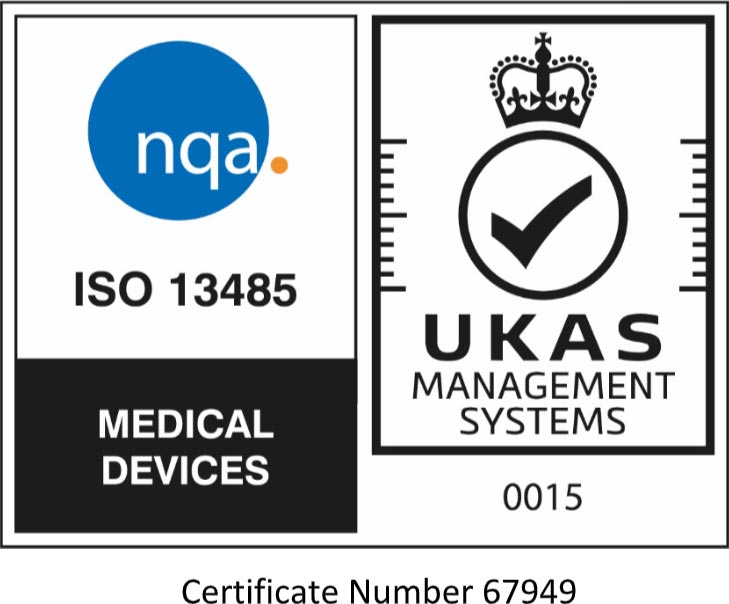
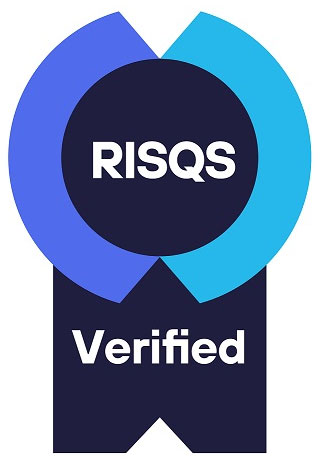




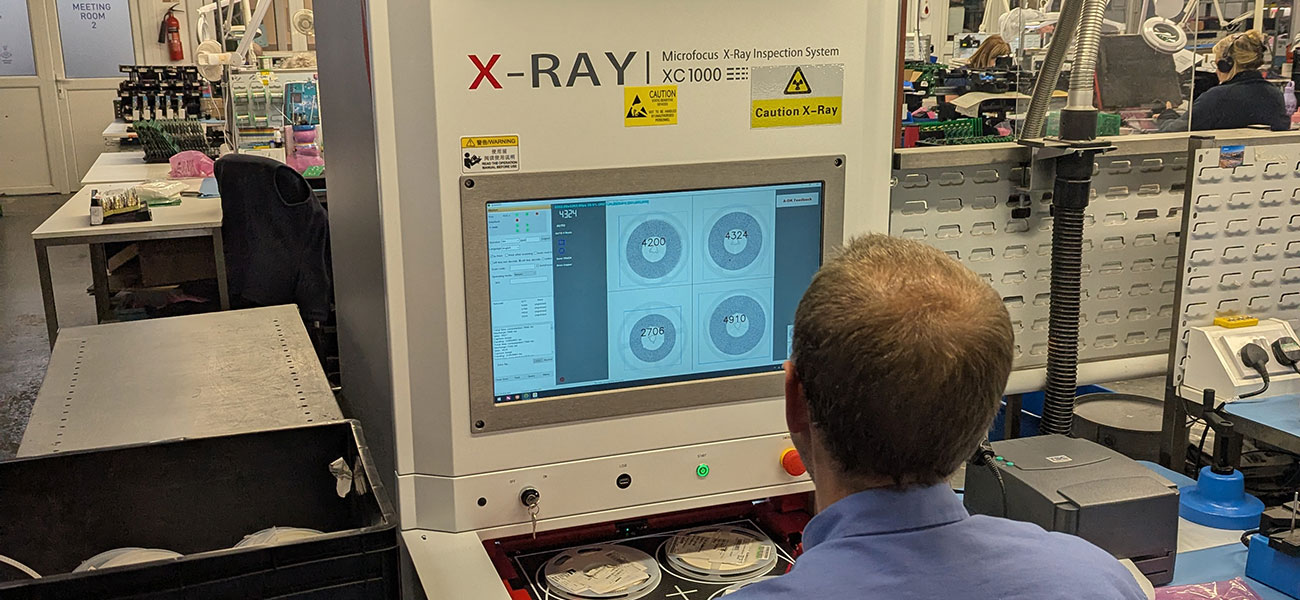
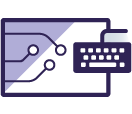 PCB Design
PCB Design 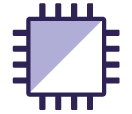 Electronic Assembly
Electronic Assembly 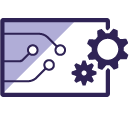 PCB Prototyping
PCB Prototyping  EMC Testing
EMC Testing 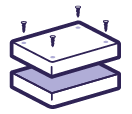 Box Build
Box Build 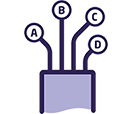 Cable Assembly
Cable Assembly